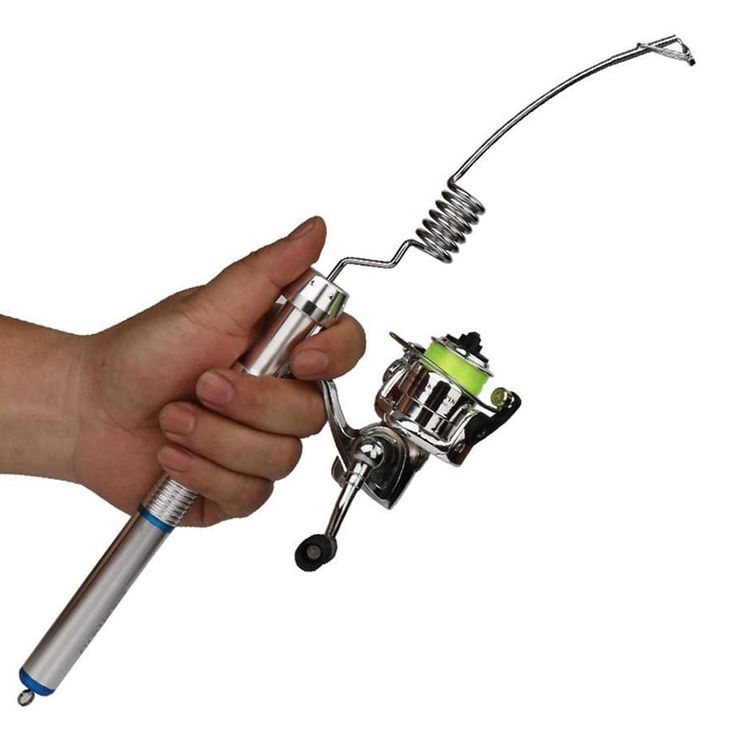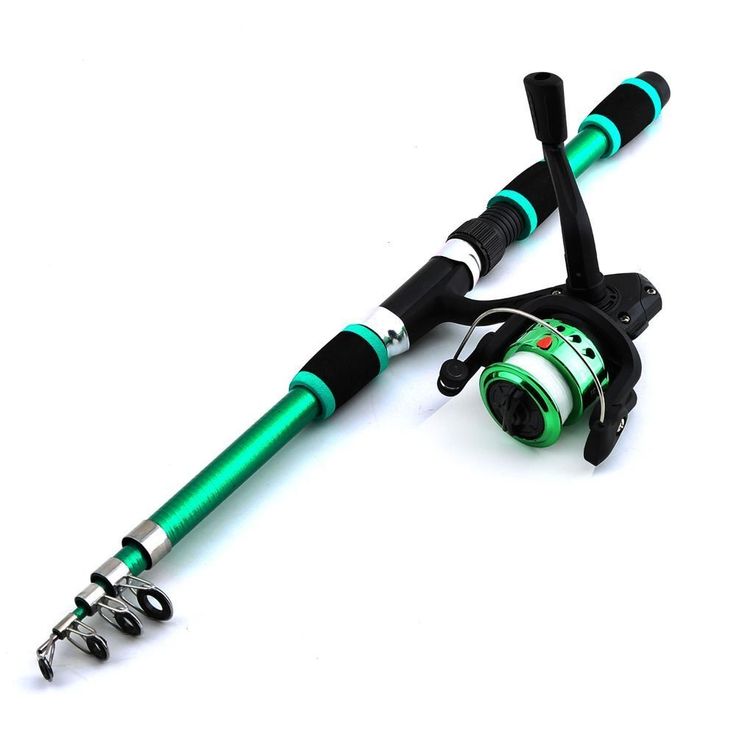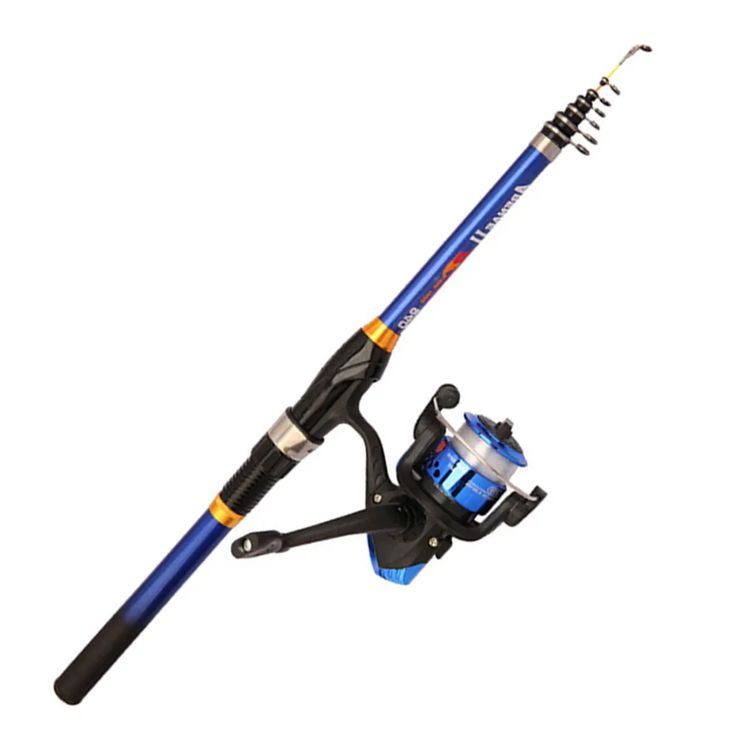Introduction to Fishing Rod Repair
When your fishing rod breaks, it can disrupt your fishing trips. Understanding how to fix a fishing rod can save you time and money. Fishing rod repair is not as daunting as it seems if you have the right guide and tools. In this section, we’ll introduce the basics of fishing rod repair. Whether it’s a snapped pole or a loose guide, knowing the basics will help you fix common issues.
This guide is designed for anglers at all levels who want to learn how to fix fishing rod issues on their own. Keep reading to learn about the types, common issues, and the step-by-step process of fishing rod repair.

Common Issues with Fishing Rods
Fishing rods, like any gear, can face a range of issues. The most common ones that anglers encounter include snapped rods, loose or broken guides, frayed line guides, damage to the rod blank, split or broken grips, and malfunctioning reel seats. Each problem can affect your fishing experience and needs prompt attention.
Snapped rods often result from high stress or impact. They require careful mending to restore strength and flexibility. Loose or broken guides can interfere with line movement, potentially leading to more significant damage or loss of a catch. Frayed line guides also affect casting and reeling, as they can snag or wear down your fishing line.
Damage to the rod blank, the main body of the rod, is another issue to watch out for. It can weaken the structure, making the rod more susceptible to breaking. Grips can split or break over time due to constant use and exposure to elements. This can make handling your rod uncomfortable and reduce your control. Lastly, reel seats that don’t function properly can prevent your reel from staying securely in place during use.
Knowing how to fix fishing rod issues quickly will keep you casting with confidence. The next sections will guide you through the right tools, materials, and processes for tackling these common problems.
Gathering the Right Tools and Materials
Before you start mending your fishing rod, ensure you have the right tools and materials. Gathering these before you begin is crucial. It ensures you can proceed smoothly with the repair work. Here’s a list of essential tools and materials needed to fix most fishing rod issues:
- Rod Repair Kit: This includes basic repair tools like adhesives, brushes, and sometimes replacement parts.
- Epoxy or Resin: Strong adhesives are vital for securing parts and filling gaps.
- Fine Sandpaper: Needed for smoothing out surfaces before and after applying adhesives.
- Replacement Rod Guides: Keep a few sizes handy in case you need to replace broken or damaged guides.
- Fishing Line: For re-threading the guides after repair.
- Utility Knife: Useful for cutting old lines and removing damaged guide wrappings.
- Pair of Pliers: Helps in detaching tightly fixed components.
Make sure to organize your workspace and keep these tools within reach during the repair process. Having everything ready will save you time and help to effectively fix your fishing rod.

Step-by-Step Guide to Fixing a Broken Rod
Repairing a broken rod can seem intimidating, but with these simple steps, you’ll have your fishing rod feeling as good as new in no time. The key is to approach the process with patience and attention to detail to ensure a firm and durable fix.
- Assess the Damage: Examine your broken rod carefully to understand where and how it has snapped. The location of the break is crucial in determining the repair method.
- Secure the Rod: Before starting the repair, fasten the rod to a stable surface. This prevents it from moving and allows for accurate alignment during the process.
- Prepare the Broken Surfaces: Using fine sandpaper, smooth the edges of the break. This helps the adhesive to bond better, making your repair more secure.
- Apply Epoxy or Resin: Mix the epoxy or resin according to the manufacturer’s instructions. Then, apply it to both broken ends of the rod.
- Join the Pieces: Carefully align the broken pieces and press them together. Wipe away any excess adhesive that oozes out.
- Wrap with a Thread: While the adhesive is still wet, wrap a fishing line or thread tightly around the joined area. This adds strength and a clean finish.
- Let it Cure: Follow the adhesive’s curing time, and do not disturb the rod during this period. It is crucial for a successful repair.
- Test the Repair: After the curing time, gently flex the repaired section to test its strength. If the rod holds well, you’re ready to hit the water again.
Remember, these steps are a general guide for basic breaks. Significant damage may require more complex repairs or even replacement. Always consider the extent of the damage when deciding how to fix your fishing rod.
Tips for Repairing Rod Guides and Tips
Repairing the guides and tips of a fishing rod preserves performance and longevity. Follow these practical tips for optimal results.
- Identify the Damage: Check for signs of wear or breakage. Focus on cracks, loosening, or complete detachments.
- Gather Supplies: You need epoxy, new guides or tips, and fine sandpaper. Keep these tools close.
- Remove Old Guides: Use a utility knife to detach damaged guides carefully. Preserve the rod’s surface.
- Prep the Surface: Sand the affected area lightly. It helps the adhesive bond better.
- Position New Guides: Set new guides in place. Ensure they align properly with the rod’s eyelets.
- Secure with Epoxy: Apply epoxy precisely on the guide base. Attach it firmly to the rod.
- Wrap Thread: Reinforce with thread wrapping. This secures the guide and gives a neat finish.
- Let It Cure: Allow sufficient time for the epoxy to set. Check the product’s guideline for curing time.
- Inspection and Testing: After the repair, check alignment and firmness. Test the rod to ensure functionality.
Following these steps helps you fix the guides and tips effectively. Regular maintenance checks enhance your fishing rod’s life and functionality.

How to Replace Fishing Rod Grips
Replacing grips is crucial to maintain comfort and control over your fishing rod. Here’s how to do it.
- Remove the Old Grip: Begin by carefully slicing through the old grip. Make sure not to damage the rod blank.
- Clean the Handle: Once removed, clean the rod handle. Remove any residue left from the old grip or adhesive.
- Measure New Grip: Before buying a new grip, measure your rod’s handle. A correct fit is essential.
- Apply Adhesive: Use a strong, waterproof adhesive to coat the handle. Spread it evenly for a good grip bond.
- Slide on New Grip: Carefully slide the new grip onto the handle. Twist it slightly to ensure it’s fully seated.
- Let it Dry: The adhesive must dry completely. Check the manufacturer’s recommendation for drying time.
- Trim Excess Material: If the new grip extends beyond the handle, trim the excess for a neat finish.
- Test the Fit: Once dry, test the grip. Ensure it’s secure and comfortable in your hand.
With a new grip, your rod should feel comfortable and offer better control. This simple fix can enhance your fishing experience.
Maintaining Your Fishing Rod After Repair
After repairing your fishing rod, proper maintenance is key to its longevity and performance. Here are essential tips to help you keep your rod in top condition:
- Store Properly: Keep your rod in a cool, dry place. Avoid areas with extreme temperatures or moisture.
- Use a Rod Sleeve: Protect your rod with a sleeve. This prevents scratches and dust build-up.
- Regular Cleaning: Wipe down your rod after each use. Pay special attention to the guides and reel seat.
- Check for Damage: Before each fishing trip, inspect your rod. Look for signs of wear or new damage.
- Light Lubrication: Apply a light oil or silicone spray to the reel seat. This stops corrosion and sticking.
- Handle with Care: Avoid high impact or stress on your rod. Treat it gently to prevent future breaks.
- Avoid Direct Sunlight: Prolonged exposure to sunlight can weaken the rod. Keep it out of direct sun when not in use.
- Loosen the Drag: After fishing, loosen the reel’s drag. This reduces tension on the rod and reel.
By following these maintenance steps, your fishing rod will be ready for many successful angling adventures. Remember, the way you care for your rod impacts its life and your fishing success.
When to Seek Professional Repair Services
While learning how to fix fishing rod issues yourself is valuable, some cases require a professional’s touch. Here’s when you should seek expert services:
- Extensive Damage: If the damage involves the rod’s structural integrity, get professional help.
- Complex Repairs: Jobs involving intricate components like internal reel mechanisms are best left to experts.
- Valuable Rods: High-end or sentimental rods deserve expert care to preserve their quality and value.
- Recurring Problems: If the same issue keeps reappearing, it might be time to get professional advice.
Professional repair ensures your fishing rod is handled with advanced tools and expertise. This can extend your rod’s life and enhance its performance significantly.